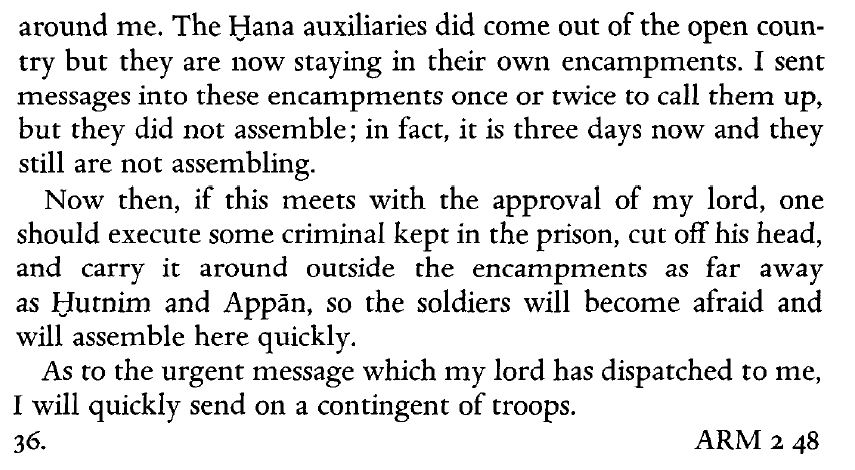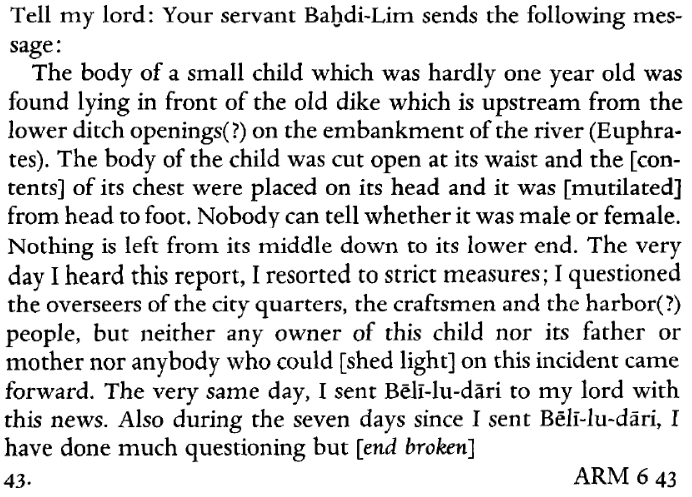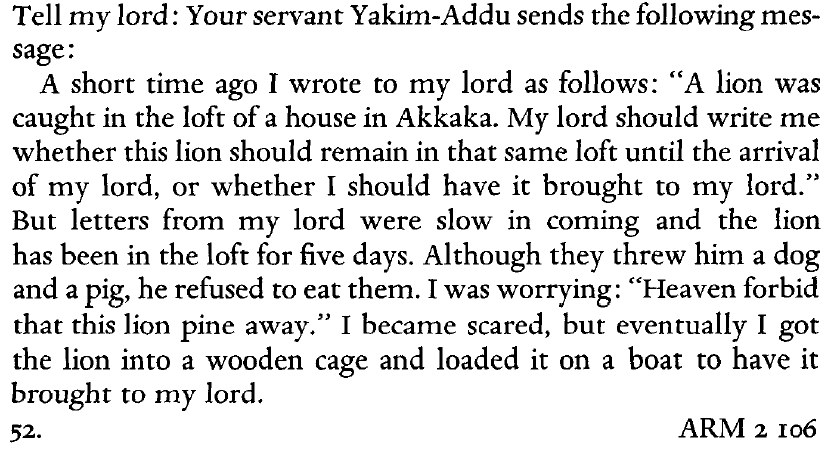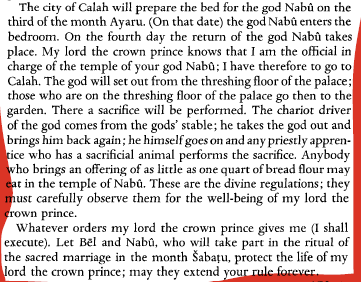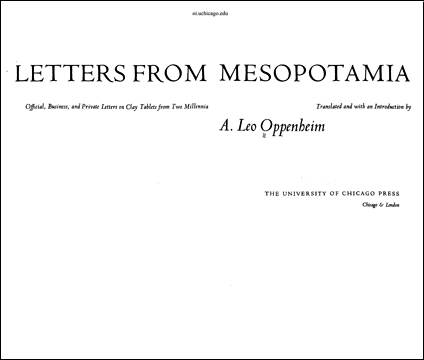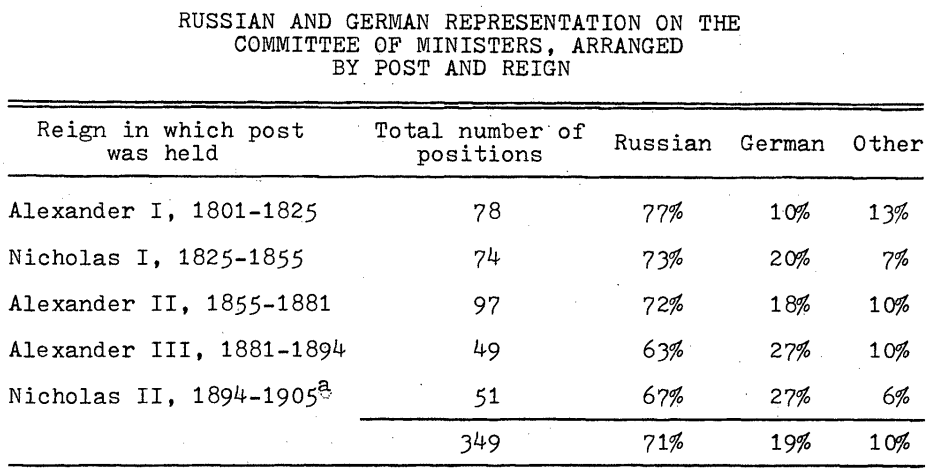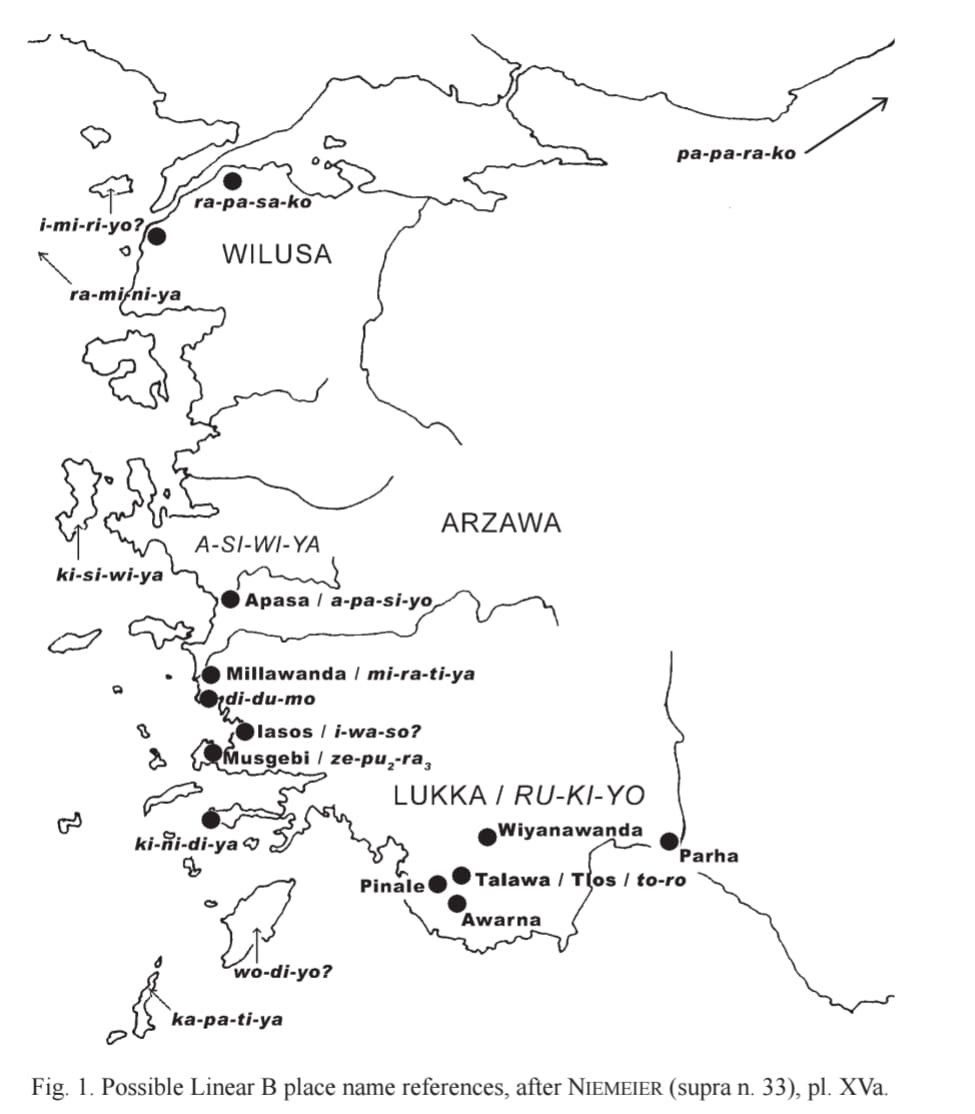Just finished reading "Letters from Mesopotamia", here are some thousands of years old letters preserved in cuneiform.
1. "Mom buy me this" - Iddin-Sin to his mother
1. "Mom buy me this" - Iddin-Sin to his mother

5. Logistic letter requesting 10 boats of 300 kor to send 3000 kor to the kingdom of Mari.
Since a kor equals 300 liters, the capacity of each of these middle bronze age ships is 100 tons.
Since a kor equals 300 liters, the capacity of each of these middle bronze age ships is 100 tons.

10. Letter from the king of Babylon to the king of Egypt in which the Babylonian king discovers Egypt is far away. 

11. Several letters from the king of Cyprus (Alashiya) to the king of Egypt about the ongoing plague in Cyprus.
"even in my family, there was a child of my wife's who died"
"even in my family, there was a child of my wife's who died"
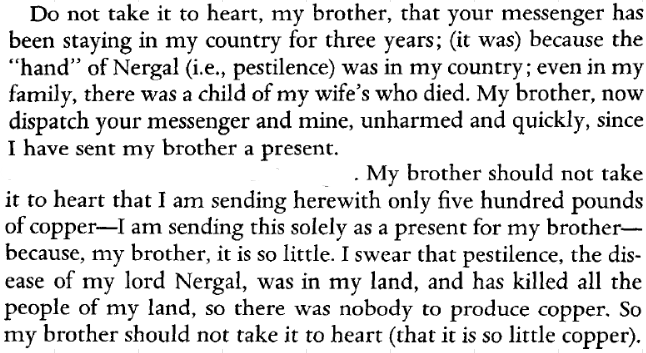
12. Letter from a governor in the Levant sucking up to the king of Egypt.
"I was extremely glad when the fragrance of the king wafted towards me and there was a festival every day because I was so glad"
"I was extremely glad when the fragrance of the king wafted towards me and there was a festival every day because I was so glad"

14. Letter from the daughter of the king of Assyria to the daughter-in-law of the king, reassuring her that she is of lower status. 

16. Neo-Assyrian letter describing an Arab raid on the desert Caravans, one of the earliest attestations of the Arabs. 

17. Backroom politics between the neo-Assyrian king and his governor.
You sent troops to confiscate lapis lazuli from the people and I will pretend to be angry about it.
You sent troops to confiscate lapis lazuli from the people and I will pretend to be angry about it.

21. Letter between Anatolian merchants, admonishing not to send merchandise to those who are permanently unavailable. 

• • •
Missing some Tweet in this thread? You can try to
force a refresh



